There’s nothing quite like tennis’ U.S Open, which began today. Between the expanse of Arthur Ashe Stadium, the raucous fan energy, and the carnival-like atmosphere, attending or just watching the tournament on TV is truly a unique experience.
In this special U.S. Open takeover edition, we have all the tournament angles covered, whether it’s the record prize pool and rising furor over the notoriously late night sessions, the event’s trailblazing role in advancing gender pay equity, how ticket sales are stacking up, or the expanding concession scene — including the famous Honey Deuce drink.
— Eric Fisher
|
|
|
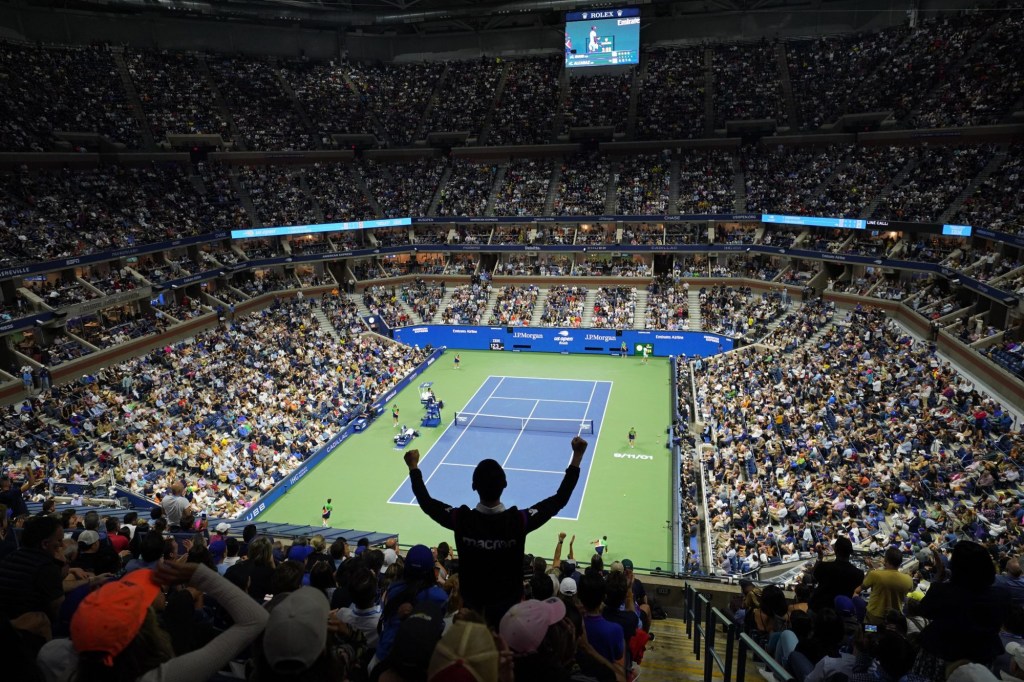
|
Danielle Parhizkaran-USA TODAY Sports
|
|
Not everybody loves the U.S. Open, but you have to admit it’s one of the more colorful events in all of sports.
The final Grand Slam event of the year, which begins Monday in New York, boasts a $65 million prize pool — the highest of the majors by more than $8 million. The entire prize pool is an 8% bump from 2022, and players will enjoy increases in per-diem allowances, travel assistance, and hotel allotments.
But the tournament’s notoriously long night sessions still stoke their fair share of criticism.
Introduced in 1975 to boost in-person and television audiences and increase the sport’s accessibility, the two-match night schedule has stretched to nearly 3 a.m. in recent years, frustrating players and fans alike.
Some players have grown increasingly outspoken against the late-night format — also seen elsewhere in the pro tours but particularly a focus at the U.S. Open — and its impact on physical and mental health. Women’s No. 1 Iga Swiatek said, “I understand that we have to adjust to broadcasters and everything, but I also asked the WTA for some data to see if people are watching matches that start past 10 p.m. I didn’t get anything.”
U.S. Open tournament director Stacey Allaster has held firm on the current format. “One of the realities we have in tennis is that we’re not defined by a start and an end time. We can have a short match, or we can have a five-hour match.”
Disney Boost
The U.S. Open represents a sizable boost for the Walt Disney Co., particularly amid a potential partial equity sale for ESPN and company stock hovering near a nine-year low.
In 2015, ESPN began an 11-year, $770 million rights deal with the USTA to broadcast the tournament through 2025. The network looks to build on a 50% boost in average U.S. Open viewership last year to 1.21 million, including 2.96 million for the epic, five-set semifinal between eventual champion Carlos Alcaraz and Frances Tiafoe.
Thanks in part to its audience growth, ESPN sold out of its U.S. Open ad inventory months ago.
|
|
|
|
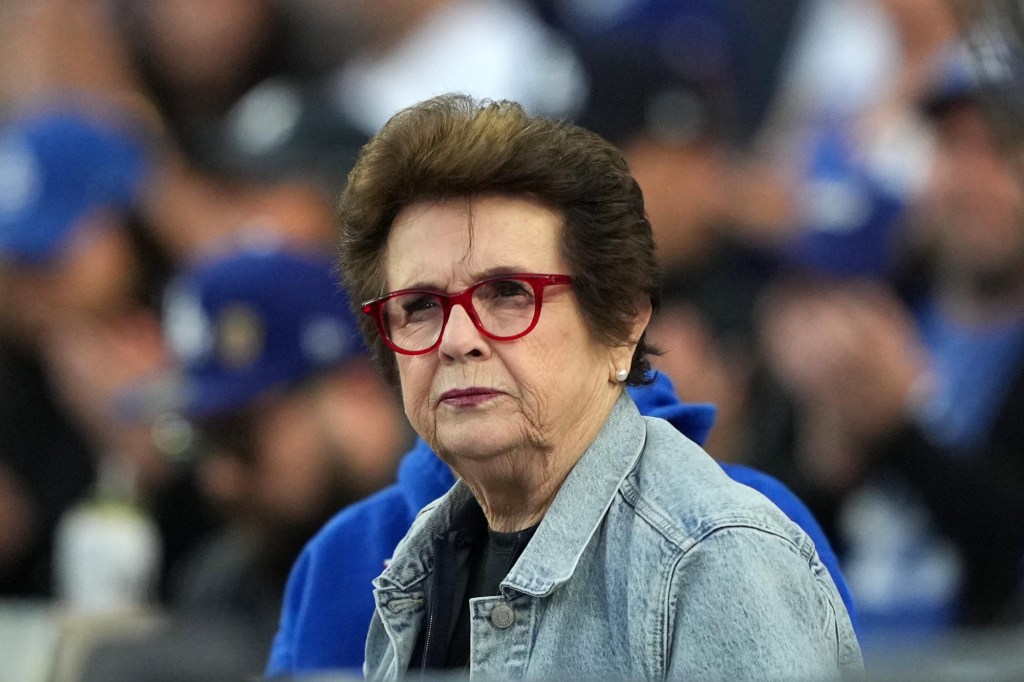
|
Kirby Lee-USA TODAY Sports
|
|
The 2023 U.S. Open will celebrate the tournament’s trailblazing role in advancing gender pay equity — not only in tennis but across sports.
Fifty years ago, the tournament became the first sporting event to offer equal prize money to male and female competitors, the result of determined activism by Billie Jean King. The tennis icon had won the 1972 U.S. Open only to find her $10,000 prize to be $15,000 less than men’s winner Ilie Năstase.
“When I think about it, it feels more and more like a Jackie Robinson moment,” U.S. Open tournament director Stacey Allaster said of King’s stand.
King will be honored at a ceremony to recognize the 50th anniversary of that achievement and its broader impact on Monday. But both King and the USTA recognize there is still much work to be done to advance equality in women’s sports.
Those battles continue to be fought across numerous avenues, including better travel for WNBA and NWSL players, higher prize pools for national team players in women’s soccer, and encouraging more investment in women’s sports.
And though pay equity is now a given in tennis’ majors, that is still not the case throughout the sport.
“Asset-value appreciation is the big driver. We need that mindset [in women’s sports],” Allaster said on the Front Office Sports Today podcast. “We need those that have the resources to invest in women’s sports. We need brands to contribute — and as important, all of us as consumers, we need to watch.”
|
|
|
|
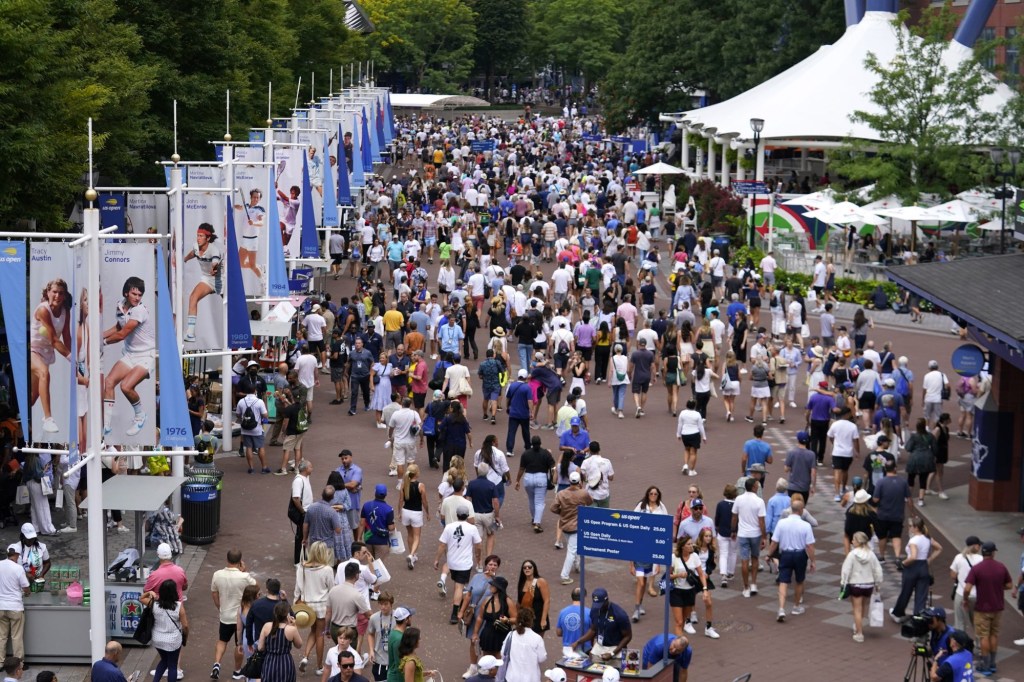
|
Danielle Parhizkaran-USA TODAY Sports
|
|
The 2023 U.S. Open will look to break another attendance record after drawing 776,120 fans in 2022 — the most ever for the main draw of the event.
Despite full capacity in 2021, that pandemic-affected edition didn’t break the previous record set in 2019, and fans weren’t allowed in 2020. Although last year’s U.S. Open attendance was higher than this year’s Wimbledon and the French Open, it was lower than the 2023 Australian Open’s draw, which was nearly 840,000.
Ticket revenue brought in $167.4 million for the USTA in 2022, according to the organization’s financial report. The majority of that figure comes from the U.S. Open but also includes ticket sales from the 2022 Western & Southern Open (formerly owned by the USTA), which drew less than 200,000 fans.
U.S. Open grounds passes can sell for under $50 at face value, but early-week sessions have been reselling for more than $150 on the tournament’s official Ticketmaster page. U.S. Open tickets are much easier to come by than those of its British counterpart — Wimbledon uses a public ballot each year to randomly select who can buy tickets.
High-profile U.S. Open matches take place at the 23,000-seat Arthur Ashe Stadium or the 14,000-seat Louis Armstrong Stadium, both of which have retractable roofs. Tickets for some night sessions at those venues are selling for nearly $3,000 this week.
In total, there are 16 courts at the USTA Billie Jean King National Tennis Center used for U.S. Open singles and doubles matches.
|
|
|
|

|
Geoff Burke-USA TODAY Sports
|
|
Major international sporting events are often associated with a signature food or drink — the Kentucky Derby’s mint julep, pimento cheese sandwiches at the Masters, Wimbledon’s strawberries and cream.
New York’s U.S. Open is no different. Over the next two weeks in Flushing Meadows, nearly half a million Honey Deuce cocktails — vodka, lemonade, Chambord, and honeydew melon balls — are likely to be sold.
The adult beverage is sponsored by Grey Goose and the official drink of the U.S. Open. Last year, a record 405,000 Honey Deuces were sold, racking up almost $9 million in sales. This year, the cocktail costs $22 and comes with a commemorative cup.
If the drink’s record pace continues, Honey Deuce sales will likely surpass $10 million.
The beverage first appeared at the U.S. Open in 2007 but has recently skyrocketed in popularity. Last year’s consumption represented more than 20% of the 1.8 million Honey Deuces sold in the past 16 years.
There are 40 locations to purchase food and beverages at the Billie Jean King National Tennis Center, according to the U.S. Open’s website, providing plenty of opportunities to boost sales.
Off The Court
Last year, Grey Goose began expanding the drink’s reach in select markets by offering a ready-to-drink version of the cocktail available for home delivery with “Honey Deuce Express” kits, which cost between $30-$120 via DoorDash.
The U.S. Open is also debuting the Maestro Dobel Ace Paloma ($20 with souvenir cup) as part of its first tequila sponsorship — perhaps looking to capitalize on the top-shelf booze trend.
|
|
|
|
- The U.S. Open fields a crew of 350 ballpersons on the court throughout the tournament. Each year, members must pass a tryout and will work an average of 25-45 matches.
- Carlos Alcaraz and Novak Djokovic’s budding rivalry is heading to New York City for the 2023 U.S. Open. Tennis legend and ESPN analyst Chris Evert breaks down the storylines to pay attention to heading into the tournament on the latest Front Office Sports Today.
|
|
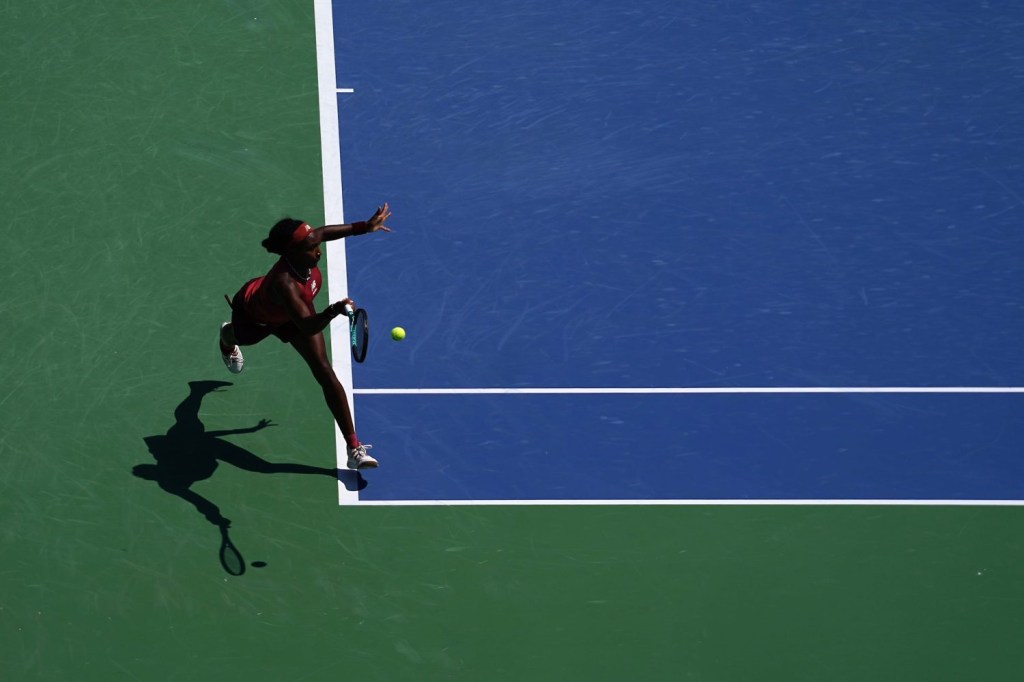 | The ATP and WTA regular season events are still playing
catch-up. |
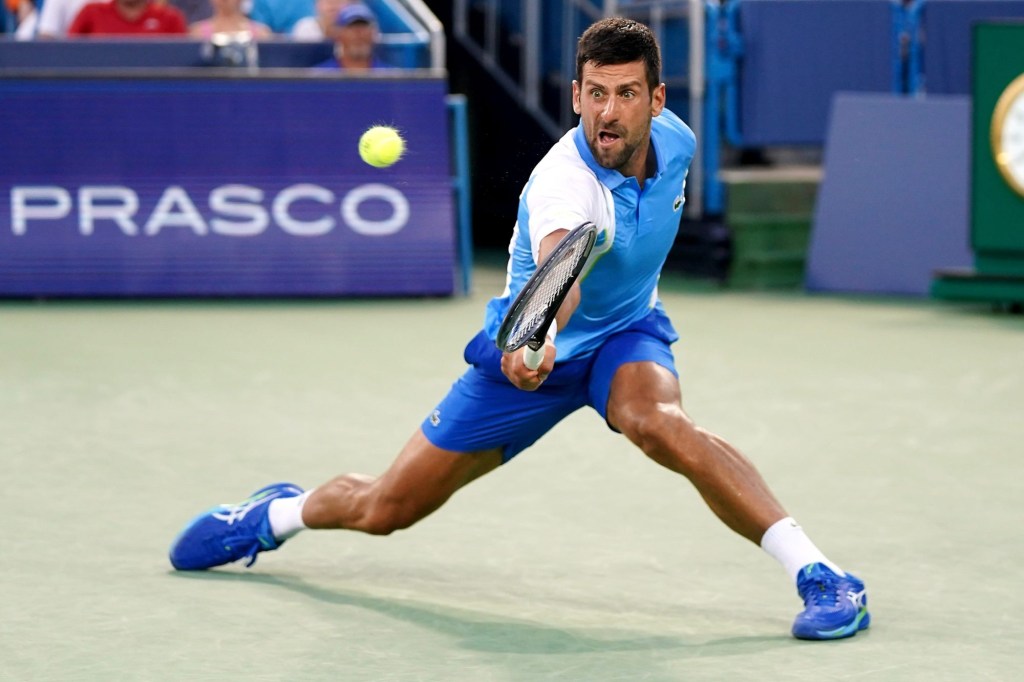 | Novak Djokovic tops Forbes' 2023 list of highest-paid tennis players. |
|
|



